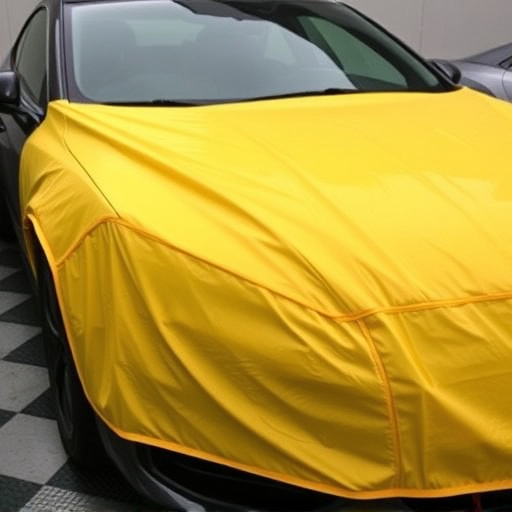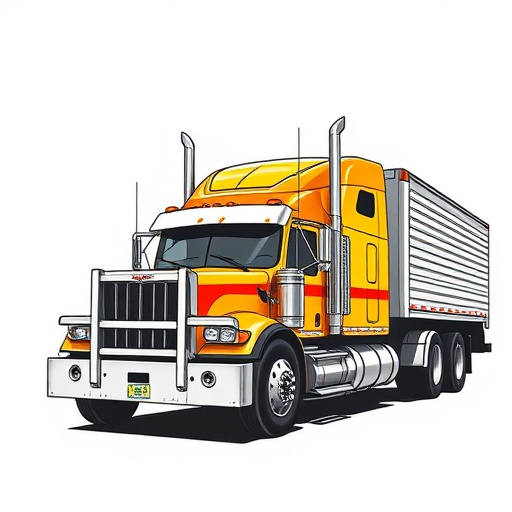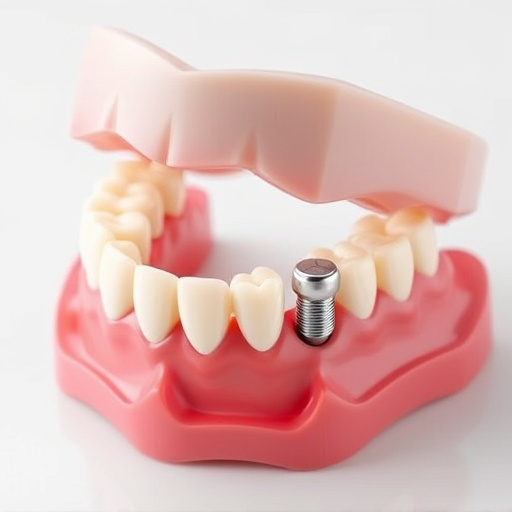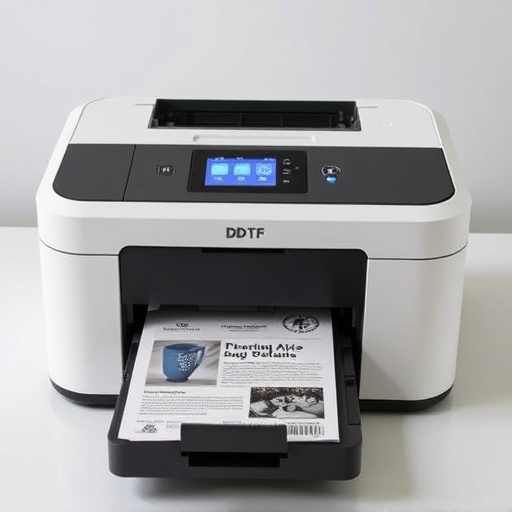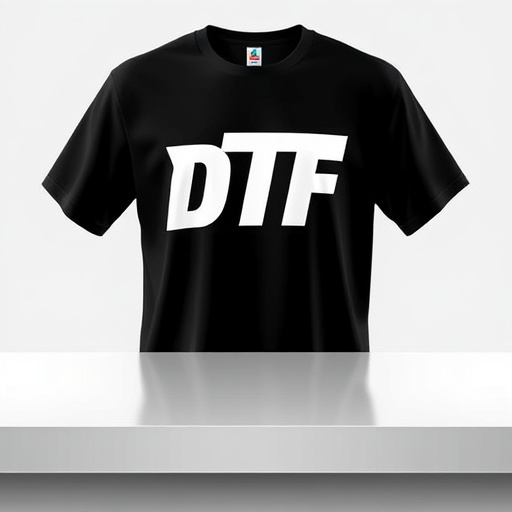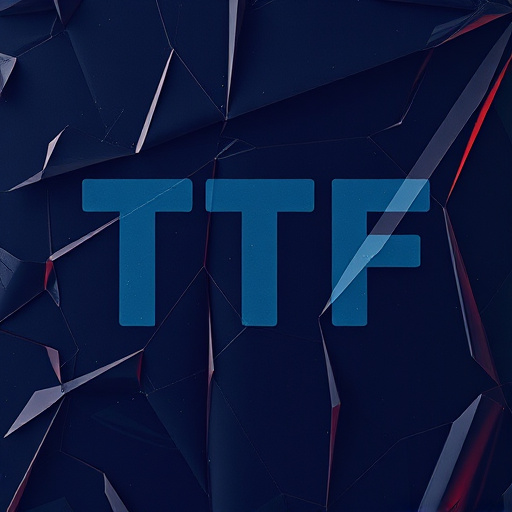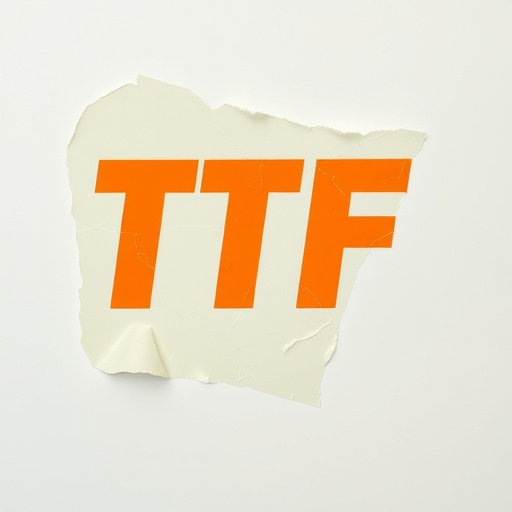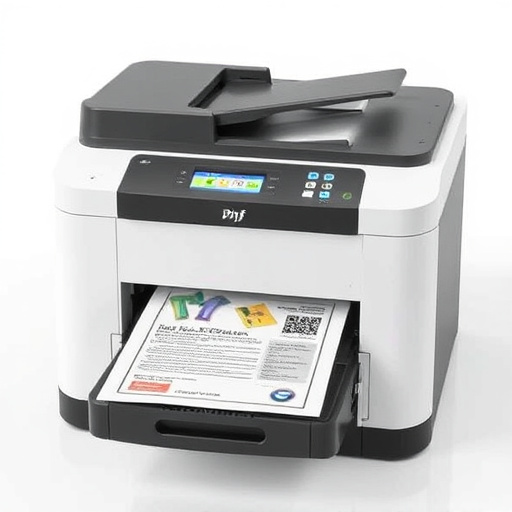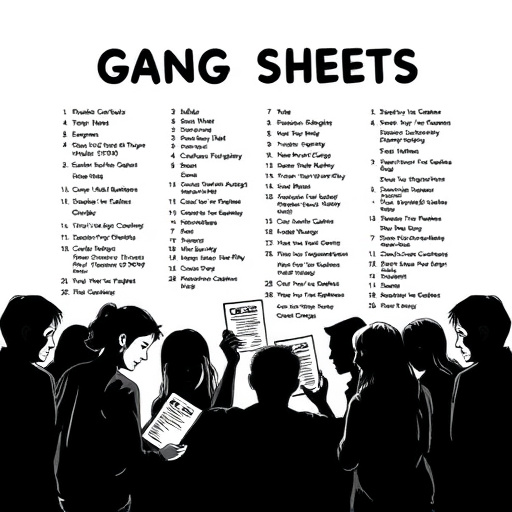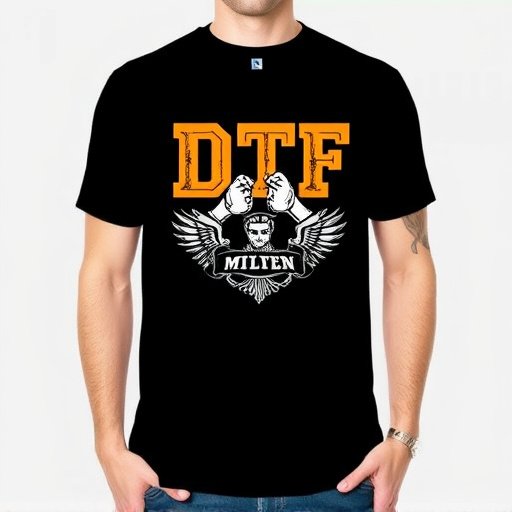The dynamic DTF hoodie market is driven by streetwear trends and customization, with key factors like target audience preferences (unique designs vs. custom gear) and cost structure analysis determining pricing strategies. Balancing direct costs (materials, printing, variations) and indirect expenses (overhead, labor, marketing) is essential for competitive pricing that maintains healthy profit margins. Market research on similar products, production, shipping, and marketing costs help set optimal prices while meeting customer expectations, with unique designs allowing for higher price points.
In the dynamic market of streetwear, DTF hoodies have emerged as a sought-after trend. This guide navigates pricing strategies for maximizing profit margins on these coveted garments. From understanding the unique DTF hoodie market and defining your target audience to conducting a thorough cost structure analysis, we provide insights for setting competitive prices. Discover expert tips and tricks to optimize pricing, ensuring profitability while appealing to demand.
- Understanding the DTF Hoodie Market and Target Audience
- Cost Structure Analysis for Optimal Pricing Strategy
- Setting Competitive Prices: Tips and Tricks for Maximum Profit Margin
Understanding the DTF Hoodie Market and Target Audience
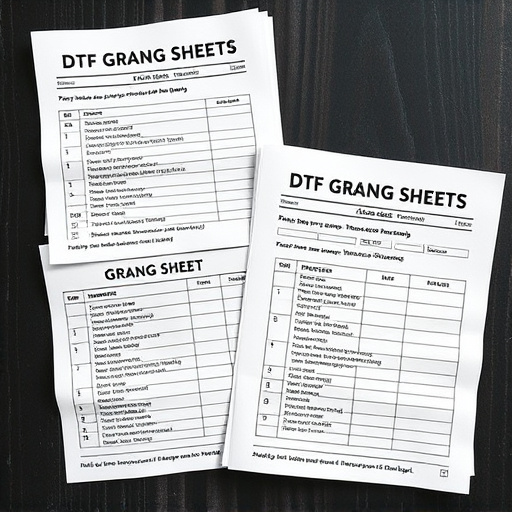
The DTF hoodie market is a dynamic and ever-evolving space, driven by trends in streetwear and custom apparel. Understanding your target audience is key to pricing these hoodies for maximum profit. DTF (Direct-to-Garment) hoodies appeal to a broad range of consumers, from fashion-forward folks looking for unique, vibrant designs to those seeking customizable gear through dtf transfer film. The market is also saturated with both established brands and emerging designers, each offering their own take on the classic hoodie silhouette.
Knowing your audience means recognizing the value they place on factors like quality fabrics, intricate vibrant designs, and the ability to express their individuality. A well-designed dtf gang sheet builder can help you cater to this demand by providing a platform for customers to create custom hoodies that reflect their style. By balancing these trends with cost considerations, you can set competitive prices that attract buyers while ensuring a healthy profit margin.
Cost Structure Analysis for Optimal Pricing Strategy
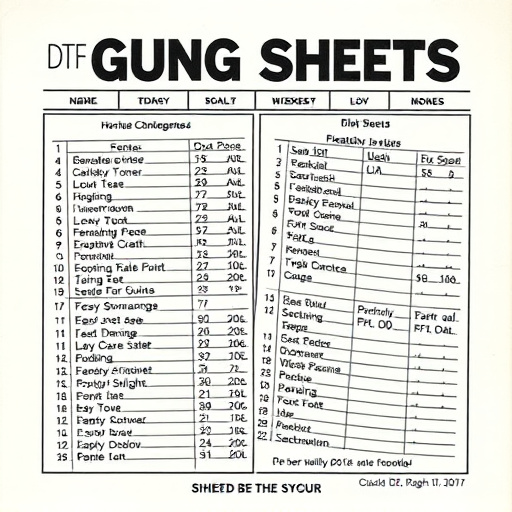
To develop a robust pricing strategy for DTF Hoodies that maximizes profit margins, a thorough Cost Structure Analysis is imperative. This involves breaking down all direct and indirect costs associated with producing and selling these hoodies. Direct costs include materials like fabrics, threads, and durable prints, as well as the DTG (Direct to Garment) transfer process itself, which varies by size. Indirect costs may encompass overhead expenses such as rent, utilities, labor, and marketing.
Understanding your cost structure allows for strategic pricing. For example, if your primary expense is labor, you might want to focus on economies of scale through bulk purchases or efficient production processes. Conversely, if materials are a significant portion of your costs, factoring in the latest trends and sourcing cost-effective yet high-quality fabrics could be key. A balanced approach that considers both direct and indirect expenses will ensure a competitive price point for your DTF custom apparel offerings while maintaining a healthy profit margin.
Setting Competitive Prices: Tips and Tricks for Maximum Profit Margin
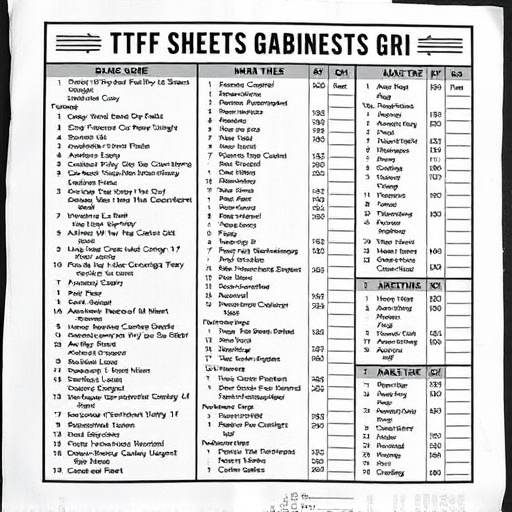
Setting competitive prices for your DTF Hoodies is a delicate balance between attracting customers and maximizing profit margins. Researching your market is key; understand what similar products are selling for online and in retail stores. This gives you a benchmark to price your hoodies at a level that’s both fair and profitable. Remember, pricing too low can devalue your product and margin, while pricing too high might deter potential buyers.
Consider the costs involved in producing and selling your DTF Hoodies when setting prices. This includes materials like dtf transfer film or custom dtf gang sheets, labor, shipping, and marketing expenses. Calculate these costs accurately to ensure a healthy profit per sale. Additionally, factor in demand; if your hoodies are unique designs or limited editions, you can command higher prices. Use these tips to strategically price your DTF Hoodies and achieve that coveted balance between customer satisfaction and business success.
Pricing DTF hoodies strategically is key to maximizing profit margins. By understanding your target market, analyzing production costs, and setting competitive prices, you can thrive in the DTF hoodie space. Remember, a well-researched pricing strategy, combined with high-quality products, will attract customers and drive sales, ensuring your business’s success and profitability in this dynamic market.

